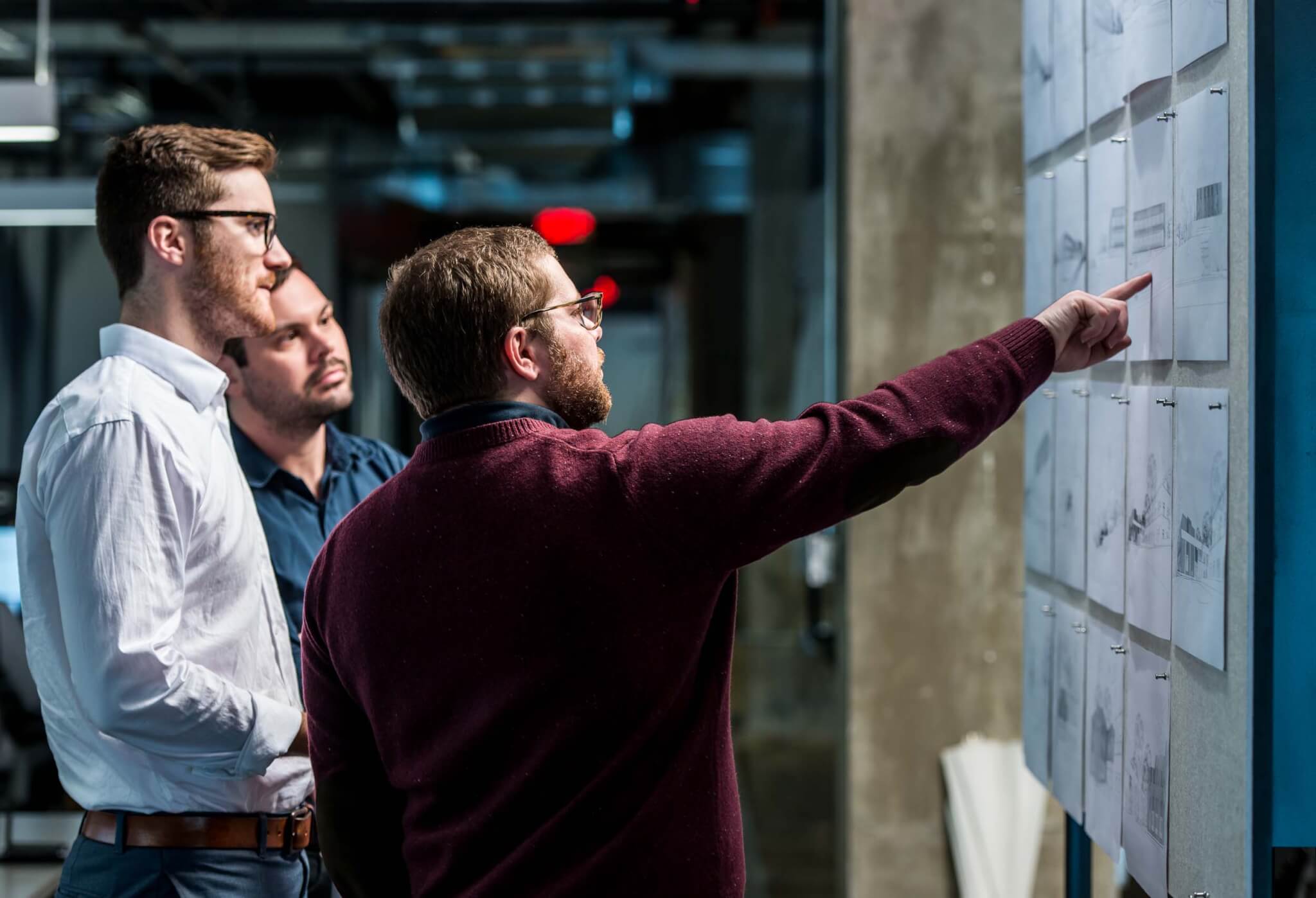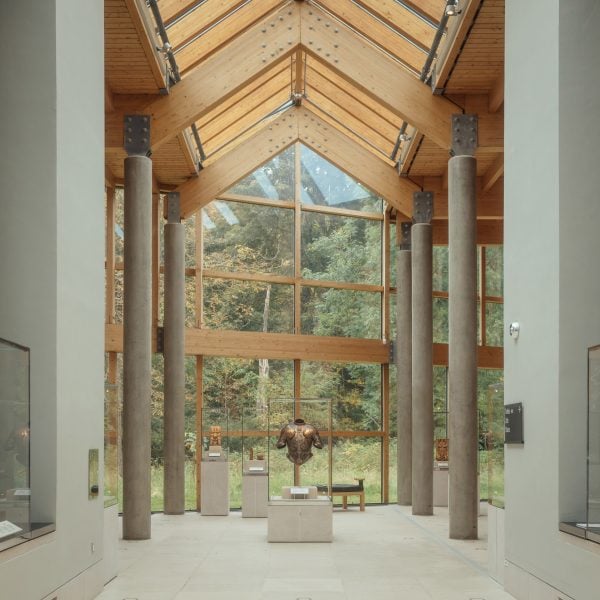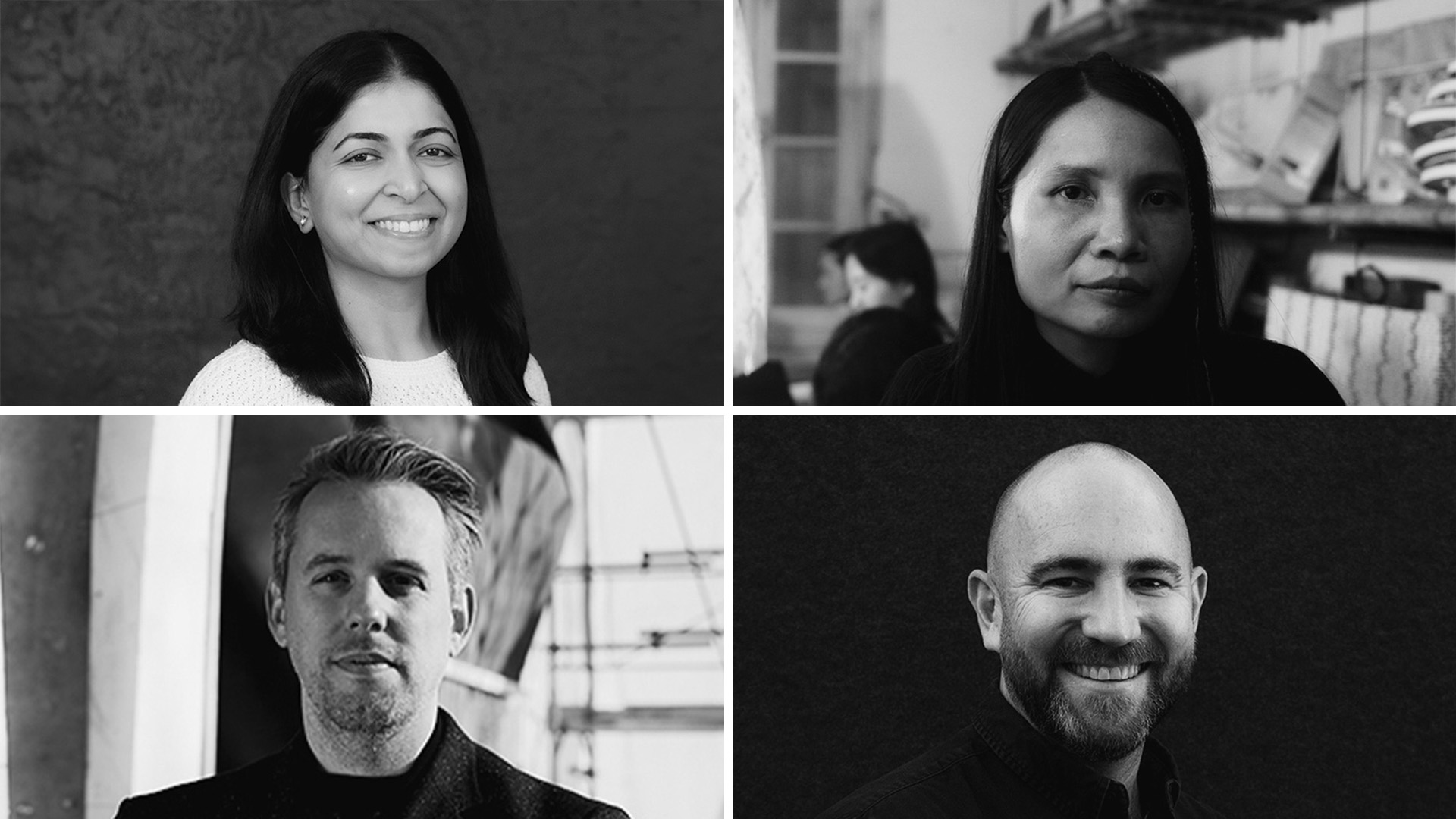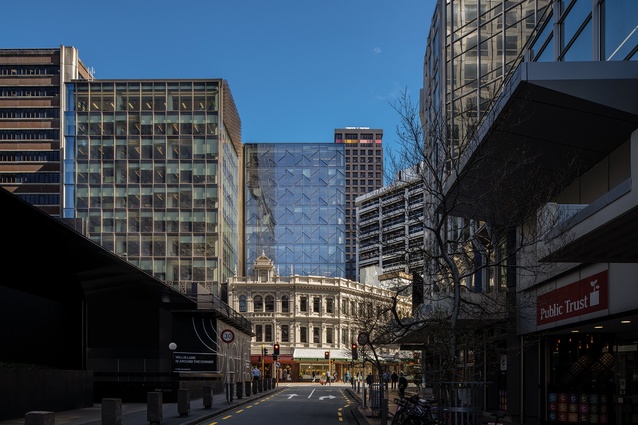Carleigh Pope earned her architecture degree just two years ago, but already she’s an owner of her firm. In October 2023, BNIM, an early pioneer in sustainable design with offices in Kansas City, Des Moines, San Diego, and Washington, D.C., joined the ranks of architecture offices that are 100 percent employee-owned—a growing list that includes Zaha Hadid Architects, SHoP Architects, and Gensler.
Pope, who has also been an active member of Kansas City’s NOMA chapter, said the announcement came as a pleasant surprise that underscored BNIM’s values of collaboration and transparency and also contrasted with the experiences of some of her peers. “When we made our announcement and I reposted [it] on social media, someone who works in a different firm responded, ‘Oh, our firm just got sold to private equity,’” Pope told AN.
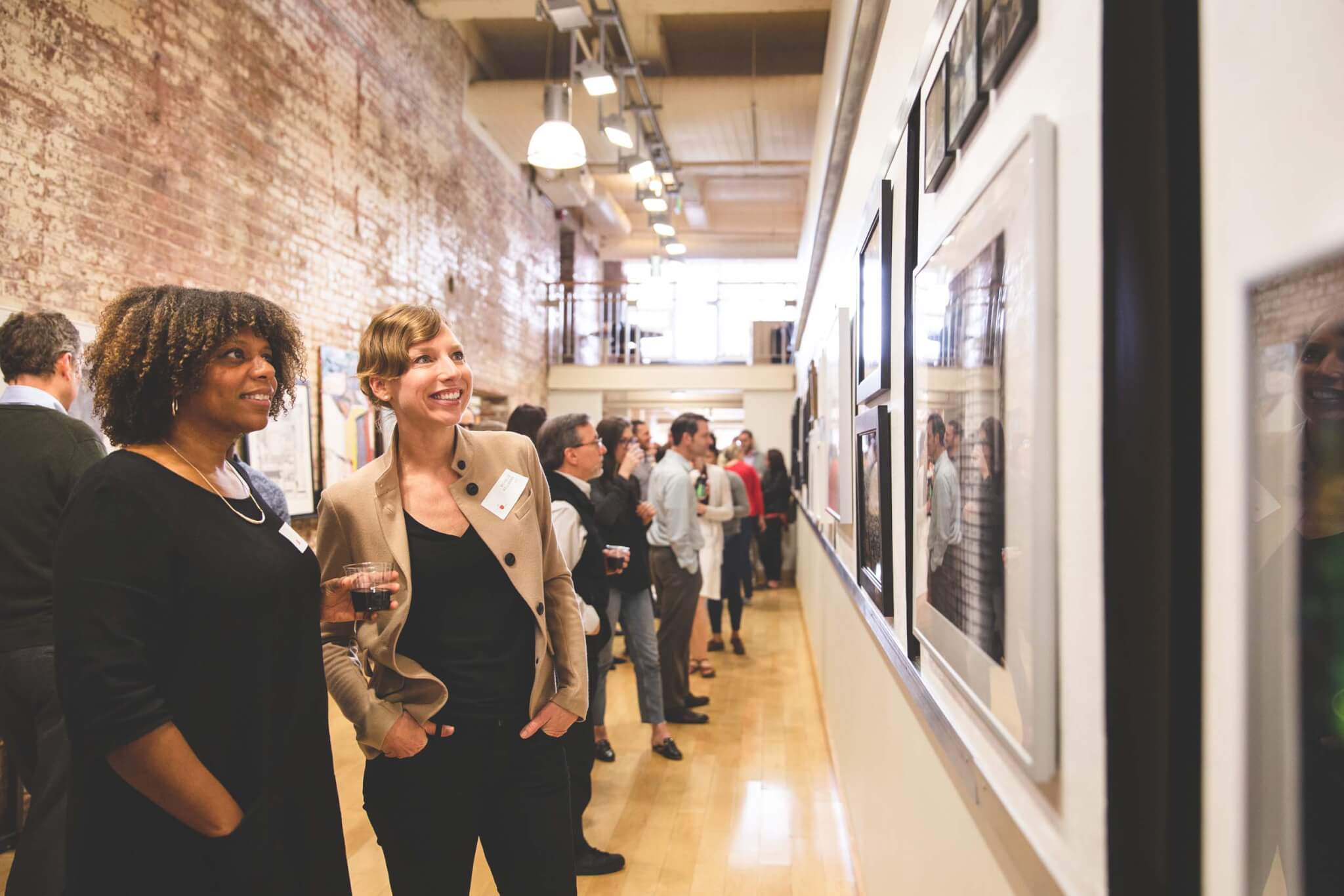
Growth in employee ownership within the architecture industry is a response to multiple intersecting trends, from demographic shifts to increasing demands for equity and transparency within design offices. But as Pope points out, the shift is also a response to overtures from outside investors. For example, in 2021, a Canadian investment company purchased a majority stake in London-based Foster+Partners. In the U.S., private equity companies like Bernhard Capital Partners have begun purchasing stakes in large and midsize AEC firms for use as vehicles for further acquisition.
At BNIM, as with many large architecture practices, the transition to employee ownership is partly a succession strategy. Steve McDowell, a principal at BNIM and the last of the four eponymous partners, said that although none of the principals are immediately transitioning into retirement, an employee stock ownership plan (ESOP) constituted a way to perpetuate the work and culture of the firm without the need for an outside investor.
“We had competitors that wanted to purchase us. We had private equity firms that were interested in buying firms like ours and marrying them with other firms,” McDowell recalled. “The most interesting was the firm that bought [Norman] Foster’s office, but I didn’t see how the culture and the spirit of BNIM would survive all of that.”

In an ESOP, employees receive shares in the company as part of their compensation—usually ranging from 6 percent to 10 percent of their salary—which must be bought back at fair market value when the employee leaves. Architects who have experience with ESOPs note a number of advantages to the legal structure. Perhaps most importantly, it can ease the financial strain of transferring ownership when an owner decides to retire or leave.
Luanne Greene, the president of Baltimore-based Ayers Saint Gross, said the firm went through this process a little more than ten years ago. “We bought one of the previous significant shareholders out. It was hard, it was expensive, and it was emotional,” she remembered. “We realized, ‘Shit, we gotta do this over and over again.’”
Shortly after, the firm’s leadership voted to transition to an ESOP, which Greene said has helped the firm weather periods of economic uncertainty because ESOPs are generally exempt from any income tax liability. “The idea is you take that money and you push it back into the firm. And that really does work for us. If we have a down year, we have more of a resource to pull from. It just creates a steadiness that you didn’t have before.”
ESOPs are also a way to allow workers to share in a company’s profits. Senator Bernie Sanders is among those who have highlighted the model’s potential role in distributing wealth. Sanders recently championed the Worker Ownership, Readiness, and Knowledge Act, which passed as part of an omnibus bill in December 2022. The law directs the Department of Labor to create an employee ownership initiative that will fund employee ownership outreach programs at the state level. “Workers deserve an ownership stake in the companies they work for, a say in the decisions that impact their lives, and a fair share of the profits that their work makes possible,” Sanders said upon introducing the bill.

Today, more than ten million workers in the U.S.—about 1 in 13—actively participate in an ESOP program. Several of the country’s largest ESOPs are architecture firms: Gensler, HDR, and HNTB all make the top 25. SWA, the global landscape architecture firm, is one of the oldest, operating under the ESOP model since 1973.
At a time when architectural labor conditions have moved closer to the center of the national conversation within the profession, firms are betting that employee ownership programs, which ostensibly align worker interests with the interests of the firm, will help with recruitment and retention. Gerdo Aquino, SWA’s co-CEO, said the firm’s employee ownership program is a differentiator for new hires, particularly among the latest crop of designers. “This younger generation, they have a different set of priorities, and they have questions about finances that are different from, say, people 10, 15 years ago,” Aquino explained. “[The ESOP] does seem to weigh in when it comes to decision time.”
Although the phrase “employee-owned” conjures visions of a democratic collective, firms with ESOPs still generally maintain leadership hierarchies and are typically managed by a small number of individuals who sit on a board or executive committee. Employee ownership, in other words, doesn’t automatically create channels for bringing attention to concerns about workload, compensation, or mental health. As Greene put it, an ESOP is “basically a nondiversified, highly regulated retirement plan.”
In the case of SHoP Architects, an ESOP may have been used to erode support for a worker’s union. As Isabel Ling reported for Curbed in 2022, a consultant hired by SHoP to advise on the firm’s ESOP told union leaders that individuals who were part of the collective bargaining unit would not be able to take part in the stock program. The union drive at SHoP ultimately failed. Jess Myers, a member of the Architecture Lobby, told Ling: “I have a feeling we are going to be seeing a lot more firms attempt to use this ESOP strategy to avoid unionization. What workers need to understand is that having equity is not the same as having managerial power.”
For this reason, some architects, most notably Peggy Deamer, professor emeritus at Yale University and cofounder of The Architecture Lobby, have been vocal about the need to clarify the difference between ESOPs and other, more democratic ownership models, such as cooperatives. “A distinction has to be made between an ESOP-structured firm and a firm whose organizational structure affords actual worker ownership,” Deamer told Archinect last year. “In my view, that is a worker-owned cooperative. One worker, one share, one vote.”
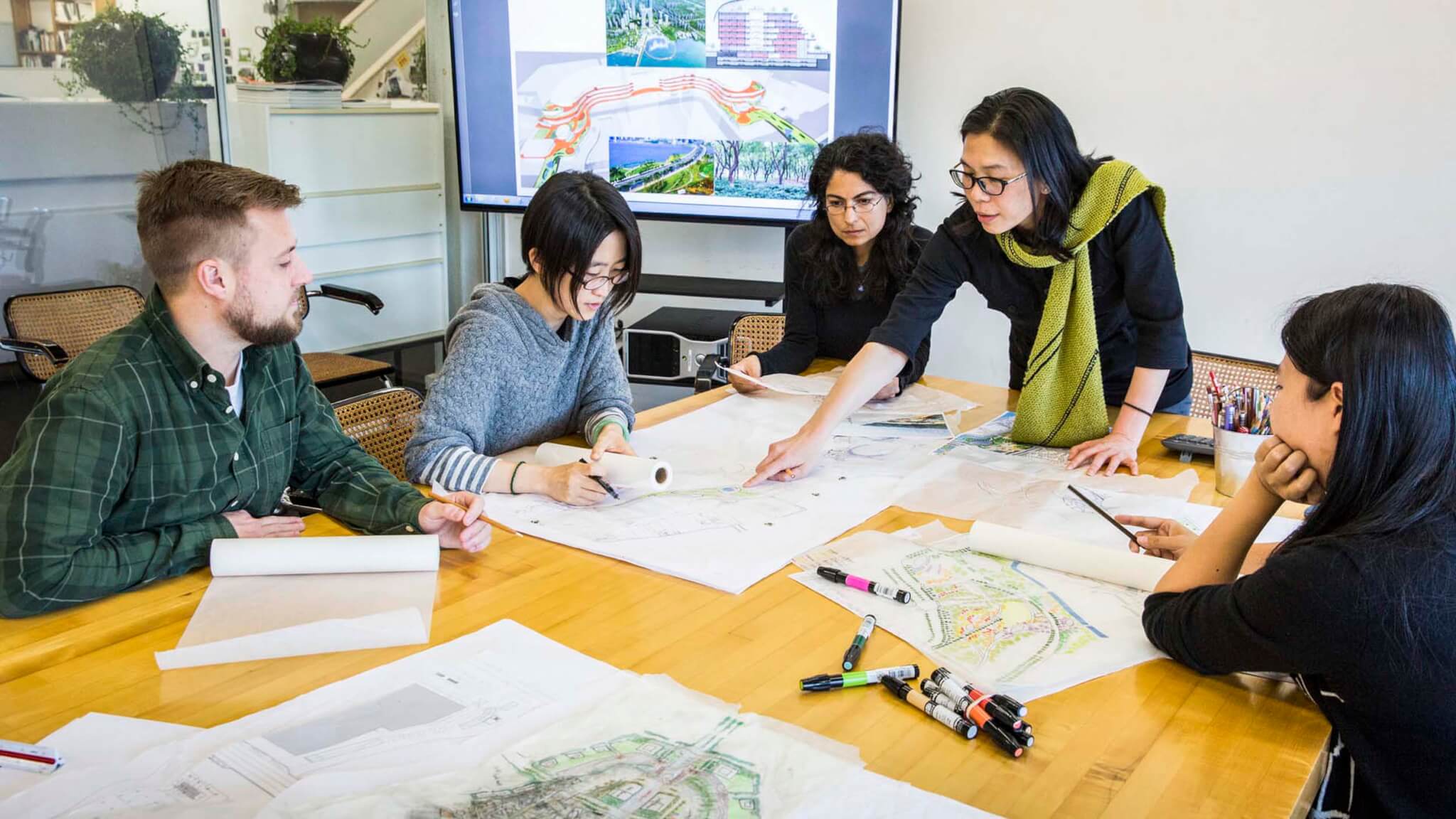
Today, worker-owned cooperatives are vanishingly rare in the design disciplines. In Practice Practice, author Ashton Hamm found that there are only 12 architecture firms that “identify as cooperatives” in the United States. There are, however, prominent examples in history: The Architects Collaborative was founded by eight equal partners in Cambridge, Massachusetts, in 1945 and embodied a belief in the value of collectivism. Four of the founding partners—a pair of married couples with children—went so far as to live together for a time in order to share the duties of child care and housework. For her book, Hamm interviewed South Mountain Company, the longest-standing architectural cooperative in the country, which was founded in 1975.
More recently, other firms have begun to explore new alternatives. The Barcelona-based architectural cooperative Lacol began in 2009, and Hamm founded the Oakland, California–based cooperative practice uxo architects in 2016. And just last year, the landscape architecture and ecological design firm Biohabitats transferred 100 percent of the firm’s ownership to a perpetual purpose trust, a model that both prevents the company from being sold and funnels all company profits toward fulfilling the company’s stated purpose. Uniquely, one seat on the board that governs Biohabitats’s trust is reserved for an individual whose job is to represent the priorities of “nature.”
Whatever form it takes, it is likely that architecture as a profession will continue to explore alternative models, particularly as owners of large, legacy firms approach retirement. BNIM’s McDowell said he is hopeful that the trend toward employee ownership makes a material difference in young people’s lives and helps kill off the culture of “superhero architects and all that crap.” In the younger generations of architects, he said, he has seen that “there’s a thoughtfulness about the world at large and about the responsibilities that we all have to one another. My hope for this is that it contributes to the financial health and well-being of all the employee owners throughout their career, not just at the end of their career.”
Timothy A. Schuler is a magazine writer whose work focuses on the intersection of the built and natural environments.

